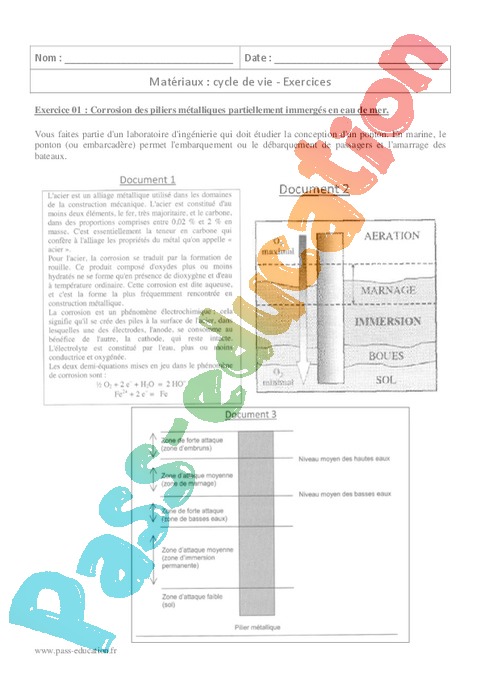

The pressure and temperature decrease to P 4, T 4. At this point, let p1, T1, and v1 be the pressure, temperature, and volume of the air, sequentially. Let the engine cylinder contain m kg of air at its original condition represented by point 1 on the p-v and T-s diagrams. In process \(3 \rightarrow 4\), the gas is isentropically expanded. Now, let us consider the four stages of Carnot’s cycle.

The amount of heat ejected per unit mass of gas is \(Q_C=T_2(S_2-S_3)\). In process \(2 \rightarrow 3\), heat is expelled into the sink (e.g. M.In process \(1 \rightarrow 2\), the gas is isentropically compressed, and there is no heat flow into or out of the refrigerator. Interactive Java applet showing behavior of a Carnot engine.7.3.1 Cycle de Carnot 7.3.2 Cycle de Rankine 7.3.3 Cycle de Stirling 7.3.4 Cycle de Joule de la turbine. Hyperphysics article on the Carnot cycle. Exercices : Units et Grandeurs Thermiques.'Revisiting The Second Law of Energy Degradation and Entropy Generation: From Sadi Carnot's Ingenious Reasoning to Holistic Generalization'. Kittel, Charles Kroemer, Herbert (1980).Halliday, David Resnick, Robert (1978).
#Cycle de carno exercices archive
(1910) The Steam-Engine and Other Engines edition 3, page 62, via Internet Archive It provides an upper limit on the efficiency that any classical thermodynamic engine can achieve during the conversion of into, or conversely, the efficiency of a system in creating a temperature difference by the application of work to the system.

In the real world, this may be difficult to achieve since the cold reservoir is often an existing ambient temperature.įor the Carnot cycle, or its equivalent, the average value 〈 T H〉 will equal the highest temperature available, namely T H, and 〈 T C〉 the lowest, namely T C. Etude du cycle de Carnot Etude du cycle de Beau de Rochas Etude du cycle diesel. Looking at this formula an interesting fact becomes apparent: Lowering the temperature of the cold reservoir will have more effect on the ceiling efficiency of a heat engine than raising the temperature of the hot reservoir by the same amount. Rearranging the right side of the equation gives what may be a more easily understood form of the equation, namely that the theoretical maximum efficiency of a heat engine equals the difference in temperature between the hot and cold reservoir divided by the absolute temperature of the hot reservoir. A corollary to Carnot's theorem states that: All reversible engines operating between the same heat reservoirs are equally efficient. Thus, Equation 3 gives the maximum efficiency possible for any engine using the corresponding temperatures. Carnot's theorem is a formal statement of this fact: No engine operating between two heat reservoirs can be more efficient than a Carnot engine operating between those same reservoirs. Exercices sur les machines thermiques, Thorme de Carnot cours de physique 31K views 5 years ago Carnot Heat Engines, Efficiency, Refrigerators, Pumps, Entropy, Thermodynamics - Second Law.


 0 kommentar(er)
0 kommentar(er)
